Summary
Gurgaon — India’s corporate capital and one of its most congested cities — is set to launch a citywide AI-based Smart Traffic Management System (STMS) next month.
The initiative, led by the Gurugram Metropolitan Development Authority (GMDA) in partnership with IIT Delhi and NEC India, aims to integrate artificial intelligence, predictive analytics, and real-time data monitoring to tackle chronic congestion and improve commuter safety.
Officials say the project will transform the city’s traffic management from manual control to machine intelligence.
Gurgaon, October 23 —
It’s 8:45 AM near CyberHub. Thousands of cars crawl, honk, and inch forward under the early autumn haze.
But come December, this chaos may finally begin to clear — not because of more police, but because of AI.
The Gurugram Metropolitan Development Authority (GMDA) has announced the launch of the AI-driven Smart Traffic Management System (STMS), designed to synchronise traffic signals, predict congestion, and coordinate emergency vehicle routes across the city.
“We are giving Gurgaon a nervous system,” said GMDA CEO Sudhir Rajpal.
“Artificial intelligence will make every intersection responsive, every route adaptive, and every minute count.”
1. The Smart City Challenge
Gurgaon’s 1.2 million registered vehicles make it one of the most traffic-dense urban regions in India.
Peak-hour gridlocks on Golf Course Road, Sohna Road, and MG Road have become daily nightmares.
The STMS project — under the National Smart Cities Mission — aims to replace outdated manual signaling with a real-time adaptive control system powered by AI and IoT.
“Human reflexes can’t manage 10,000 intersections. Algorithms can,” noted Dr. Vikas Gupta, Lead Researcher at IIT Delhi’s Centre for Urban Informatics.
2. How the AI System Works
The system uses a combination of AI algorithms, camera feeds, and radar sensors to analyse vehicle density, pedestrian movement, and average speed in real time.
It automatically:
- Adjusts signal timings dynamically,
- Creates green corridors for ambulances and fire trucks,
- Detects rule violations through AI-enabled cameras, and
- Sends live updates to the Integrated Command and Control Centre (ICCC) at GMDA headquarters.
“It’s like Google Maps — but for the city itself,” explained NEC India Project Director Hiroshi Tanaka.
3. The Scale of the Rollout
The first phase covers 125 key junctions, including Cyber City, IFFCO Chowk, Hero Honda Chowk, and Sector 56–57 intersections.
Each intersection will have:
- High-definition AI cameras,
- Smart signal controllers, and
- Solar-powered IoT modules transmitting encrypted data every five seconds.
The GMDA plans to expand to 280 junctions by 2026.
4. Machine Learning Behind the System
The AI system learns traffic patterns using predictive modelling — analysing data from the past 12 months.
If it detects recurring congestion (e.g., school rush hour or Friday office dispersals), it automatically adjusts lane priorities and signal durations.
It also identifies illegal stoppages, encroachments, and signal violations, triggering e-challans within seconds through integrated RTO systems.
“The machine learns every morning what frustrates you every morning,” joked Dr. Gupta.
“That’s the beauty of feedback loops.”
5. Human-AI Collaboration
While AI handles analytics, the Gurugram Traffic Police will retain operational authority.
Traffic inspectors will monitor data dashboards and intervene manually during special events or breakdowns.
“Technology doesn’t replace control; it amplifies it,” said DCP (Traffic) Virender Vij.
“The AI gives us eyes we never had.”
6. Predictive Congestion Management
The system’s predictive layer uses neural networks to simulate congestion up to 45 minutes in advance, based on live conditions.
If an accident or downpour occurs, STMS automatically reroutes traffic and displays alternate advisories on LED smart boards across major roads.
“We are moving from reaction to prevention,” said Rajpal.
“Traffic will no longer surprise us — we’ll anticipate it.”
7. Integration with Public Mobility Apps
GMDA is integrating the AI system with public mobility platforms like:
- Google Maps,
- ZeeBus (Electric Bus Tracking), and
- Yatri App (Metro Feeder Connectivity).
This allows commuters to access real-time congestion heatmaps, estimated signal wait times, and alternative routes — directly on their smartphones.
8. Emergency Vehicle Priority
Through RFID and GPS tracking, ambulances and fire tenders are now recognised by the AI system 300 metres before they reach a junction.
Signals along their path automatically turn green, ensuring “zero-delay corridors.”
“Every second counts in an emergency — and now, AI will save them,” said Dr. Meena Bansal, Head of the city’s emergency response unit.
9. Data Security and Privacy
GMDA confirmed that all video and sensor data will be stored securely under India’s Data Protection Act, 2023.
Facial recognition is disabled; the system only analyses motion and density, not identities.
“We want smart surveillance, not intrusive control,” assured Rajpal.
10. Citizen Dashboard & Transparency
A public dashboard, accessible via gmda.gov.in/smarttraffic, will display live congestion indices, average waiting times, and AI performance metrics.
Residents can also submit feedback through a mobile app to report faulty signals or misidentified congestion.
“Accountability must evolve with automation,” said IAS officer Reema Aggarwal, heading the data transparency unit.
11. Environmental Impact
Smoother traffic means fewer idling engines.
According to GMDA projections:
- CO₂ emissions could drop by 20%,
- Fuel consumption may reduce by 15%, and
- Daily commute times may shrink by up to 25 minutes per person.
“AI is not just solving congestion — it’s cleaning the air,” said environmental consultant Arvind Khattar.
12. Economic Benefits
Traffic delays cost Gurgaon nearly ₹4,800 crore annually, according to a NITI Aayog report.
With automation, city officials expect annual productivity gains of ₹1,200 crore, plus indirect savings in logistics and fuel.
“If time is money, AI is a mint,” noted urban economist Dr. Shilpa Ahuja.
13. Tech Infrastructure
The control network is powered by 5G-enabled IoT nodes and edge servers at each traffic hub.
Data is transmitted to the Central AI Core located in the GMDA data centre in Sector 44.
Power redundancy is ensured through solar panels and Li-ion storage at each signal junction.
14. Partnerships and Funding
The ₹315-crore project is co-funded by:
- Haryana Government (60%),
- Ministry of Housing and Urban Affairs (25%), and
- Private technology partners (15%) under a PPP model.
NEC India, Tech Mahindra, and Quantela are primary technology vendors, with supervision from IIT Delhi’s AI ethics board.
15. Voices from the Ground
Commuters have mixed feelings — hope tempered with skepticism.
Nisha Bhatt, a resident of Sector 56, said,
“We’ve seen cameras before. But if AI can really sync signals, Gurgaon might finally breathe again.”
Cab driver Rohit Yadav added,
“If signals talk to each other, maybe we won’t waste half our life waiting at them.”
16. Challenges and Risks
Experts warn that the system’s success depends on:
- Reliable power supply,
- Continuous data accuracy, and
- Cybersecurity resilience.
Cyber security firm Lucideus Tech has been appointed to conduct monthly vulnerability tests to prevent data breaches or signal manipulation.
“A hacked signal is worse than no signal,” said ethical hacker Rahul Tyagi.
17. Training and Human Integration
Over 350 traffic police personnel have undergone digital training to understand AI dashboards, sensor calibration, and emergency overrides.
A dedicated AI Control Response Team will work 24/7 at the ICCC to coordinate with field units.
“We’re blending human judgment with algorithmic precision,” said DCP Vij.
18. Long-Term Vision
GMDA plans to expand AI applications into:
- Parking automation,
- Pedestrian safety analytics, and
- Smart road lighting.
By 2027, Gurgaon aims to be the first city in India to run a fully automated traffic ecosystem integrating police, civic, and environmental departments.
19. The Broader Context
The initiative aligns with the Digital India Mission and Smart Mobility Vision 2030, under which major cities are adopting AI-led governance frameworks.
“Smart cities are not built with concrete, but with cognition,” said Union Minister Nitin Gadkari at a recent conference.
“Gurgaon is leading that shift.”
20. The Road Ahead
As engineers calibrate sensors and algorithms hum silently in GMDA’s servers, the city prepares for a new kind of intelligence — one that listens, learns, and lights up the road ahead.
“Every green light is now a decision,” said Sudhir Rajpal.
“And that decision will be data-driven, not delayed.”
For millions who navigate Gurgaon’s maze of intersections every day, this could mark the beginning of a new urban rhythm — faster, cleaner, and finally, intelligent.
#Gurgaon #SmartTraffic #AIInIndia #UrbanInnovation #GMDA #SmartCity #DigitalIndia #SarhindTimes
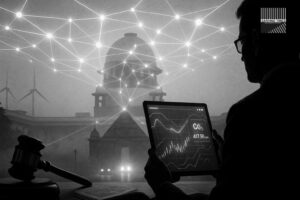
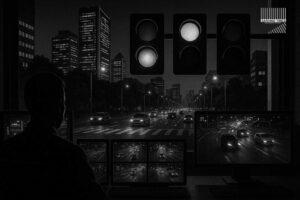




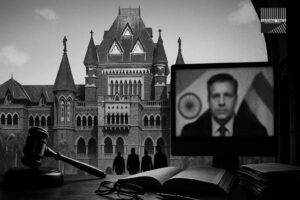





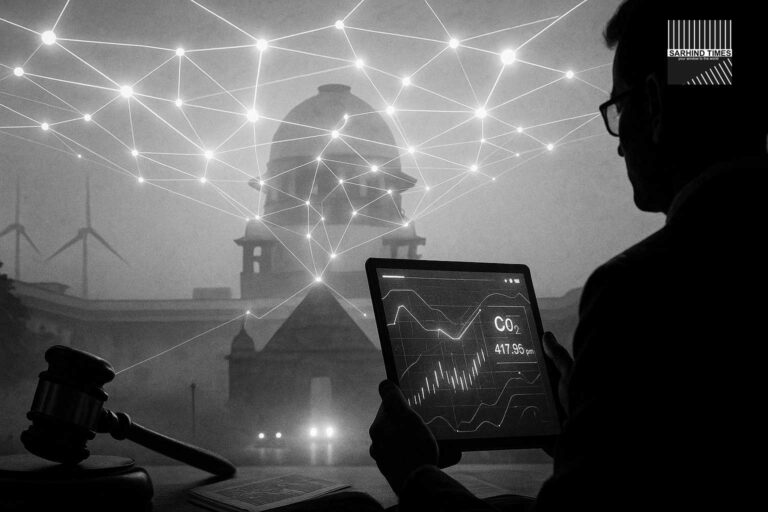
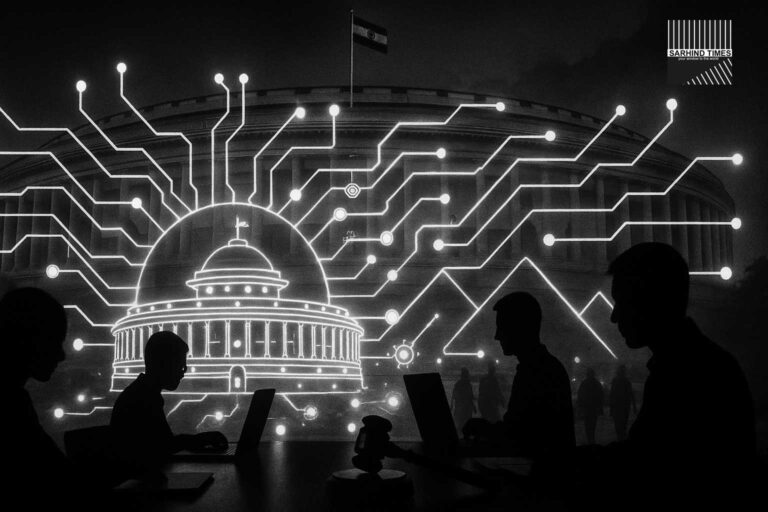
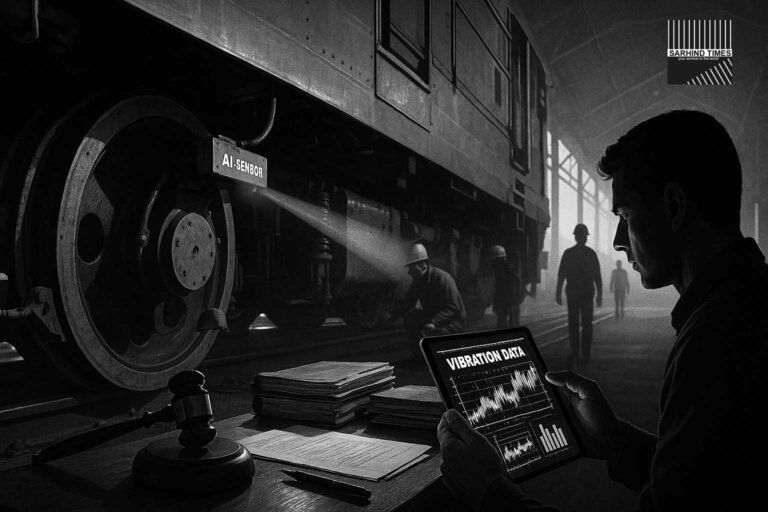
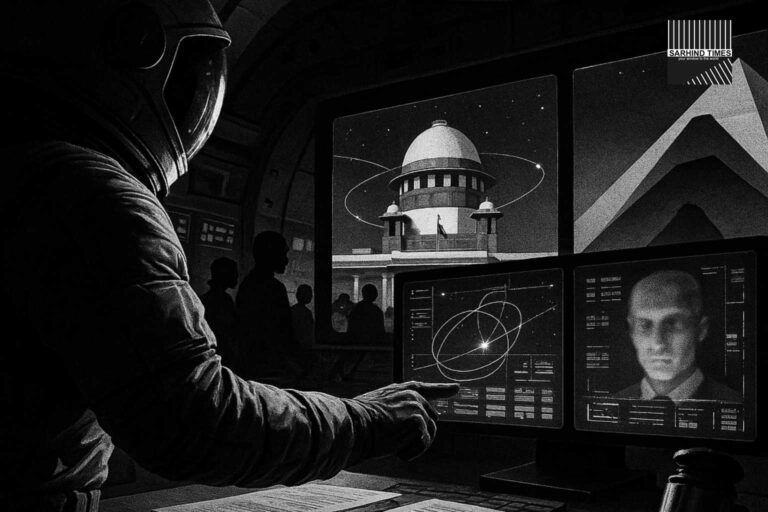
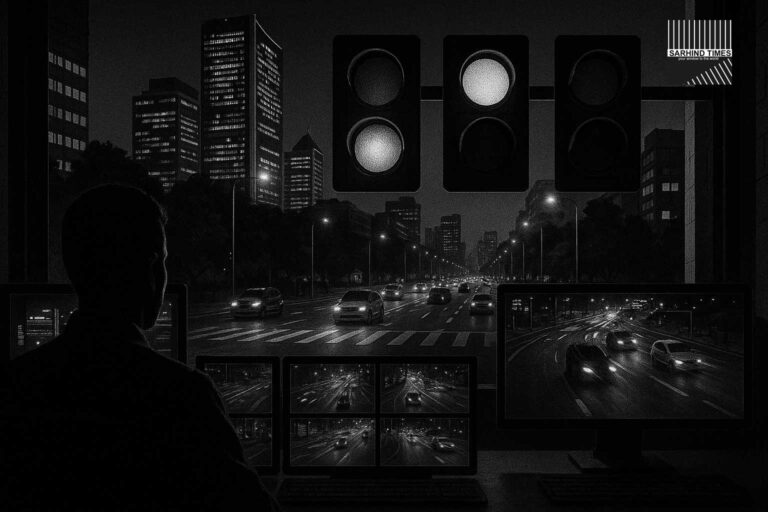
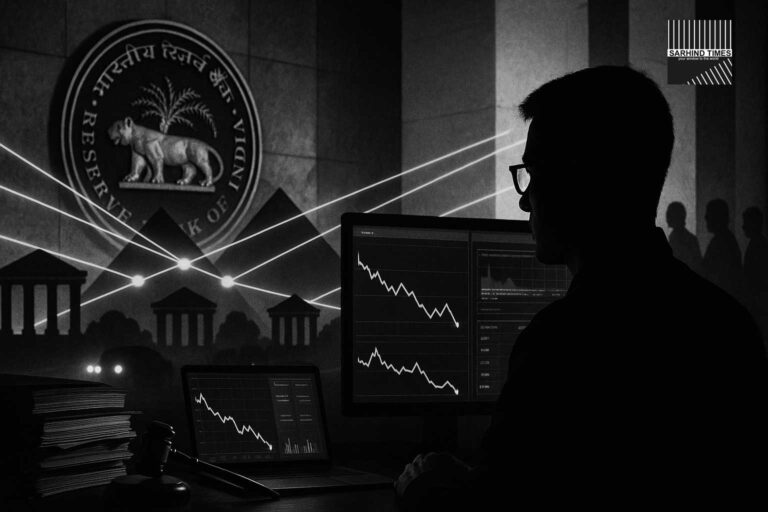
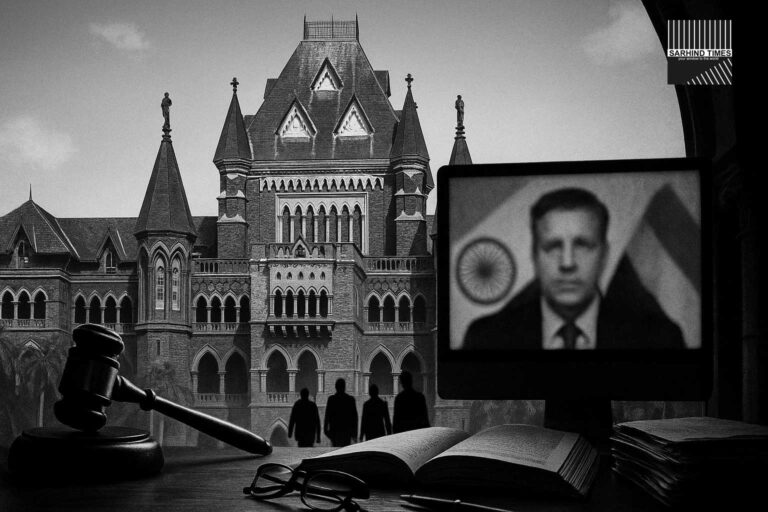

+ There are no comments
Add yours